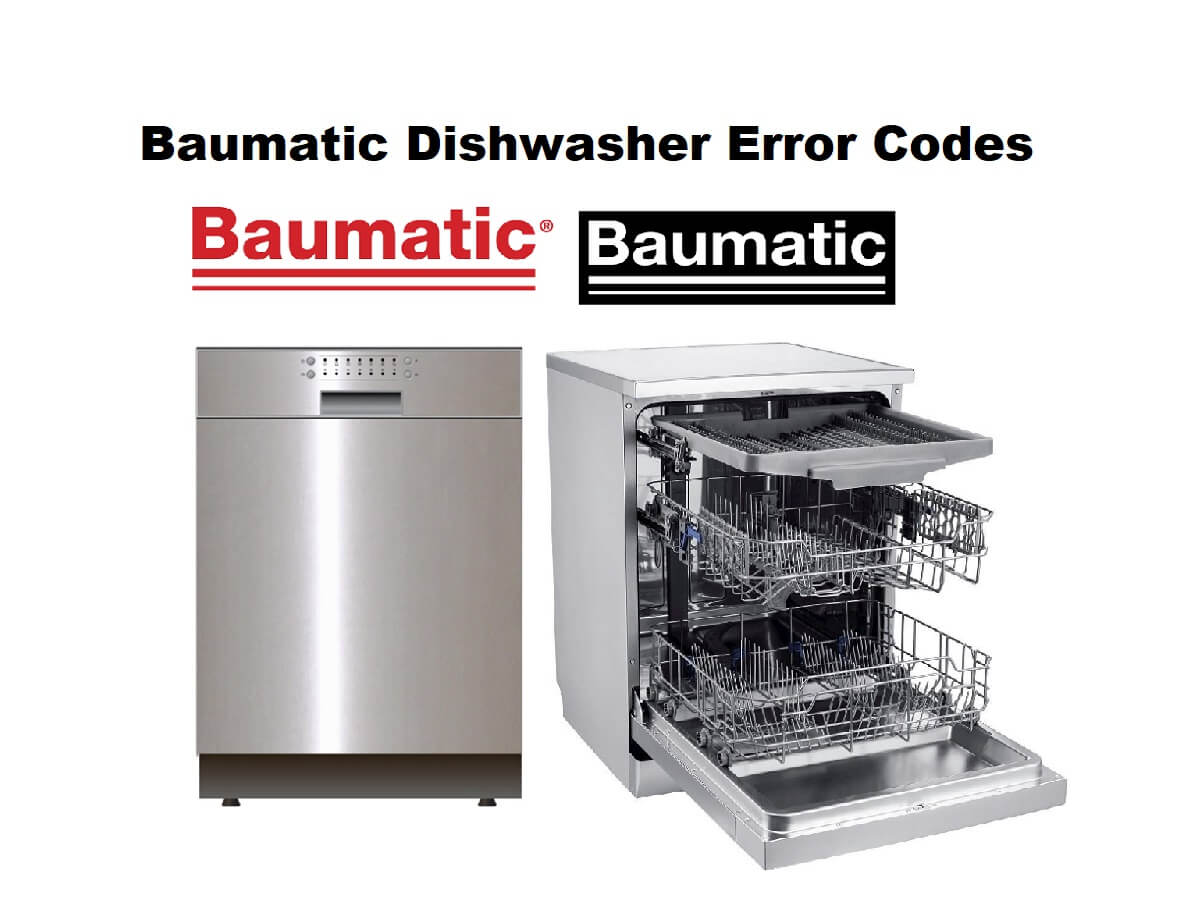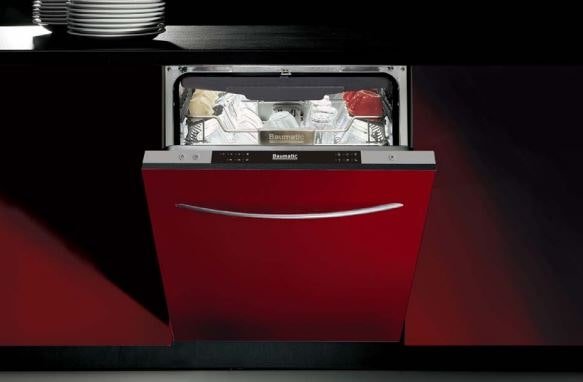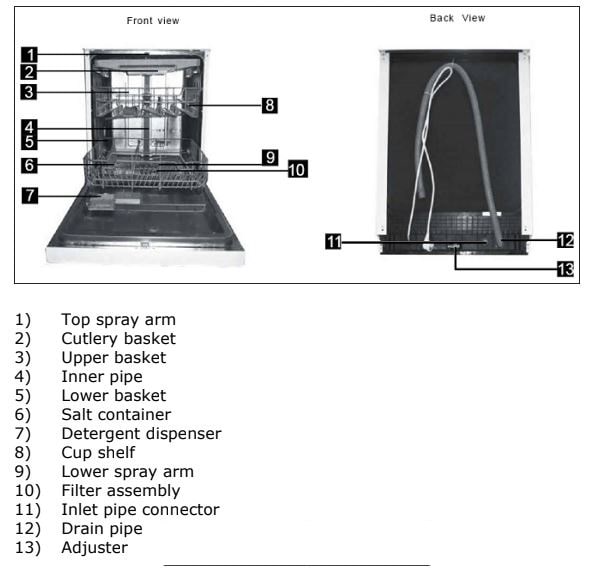
- Press the timer button and the power on button at the same time;
- Then the initial stage is set with ‘17′ appearing on the LED display;
- We can skip any step in the operating process by pressing programme button P on the panel. And the LED display is decreased by 1 per step to 16 —15—14—13 etc to 10. The sequence of this step is listed in the above table.
| Error Codes | Problem |
|---|---|
| E1 | No fill |
| E2 | No drain |
| E3 | NTC/Element fault |
| E4 | Overfilling |
| E5 | Cannot switch off automatically- programme not finishing (not for BDW13, 14 or 15) |
| E6 | OC Thermistor |
| E7 | SC Thermistor |
| 10 | End. One beep and appliance stops. |
| 11 | Drain Pump. Drain pump energised for approx. 20 seconds. |
| 12 | Regeneration Unit. Regeneration valve energised. |
| 13 | Element. Wash pump energised and element/s on for approx. 15 seconds. |
| 14 | Dispenser energised for approx. 10 seconds. |
| 15 | Wash pump energised with 3 second delay to check water level os okay. Wash for approx. 10 seconds after water valves switch off. |
| 16 | Water intake. Inlet valve energises for about 15 seconds. |
| 17 | Initiation. Power on and ready to run. |
Baumatic Dishwasher Troubleshooting

Problem: Dishwasher doesn’t start.
Possible Causes:
- Fuse blown or the circuit breaker acted.
- Power supply is not turned on.
- Water pressure is low.
- Door of the dishwasher is not properly closed.
What to do:
- Replace the fuse or reset the circuit breaker. Remove any other appliances sharing the same circuit with the dishwasher.
- Make sure the dishwasher is turned on and the door is closed securely. Make sure the power cord is properly plugged into the wall socket.
- Check that the water supply is connected properly and the water is turned on.
- Make sure to close the door properly until it latches.
Problem: Water does not drain from dishwasher.
Possible Causes:
- Kink in the drain hose.
- Filter clogged.
- Kitchen sink is clogged.
What to do:
- Check the drain hose.
- Check the coarse filter.
- Check the kitchen sink to make sure it is draining well. If the problem is the kitchen sink not draining, you may need a plumber rather than an engineer for the dishwasher.
Problem: Suds in the dishwasher.
Possible Causes:
- Improper detergent was used.
- Spilled rinse-aid.
What to do:
- Use only specific dishwasher detergent to avoid suds. If this occurs, open the dishwasher door and let the suds evaporate. Add 1 gallon of cold water to the interior and close the door. Select the RAPID program with no dishes loaded and allow the dishwasher to drain the water. Repeat if necessary.
- Always wipe up rinse-aid spills immediately.
Problem: Stained interior.
Possible Causes:
- A detergent with colourant was used.
- Make sure that the detergent used is one without colourant.
What to do: Make sure that the detergent used is one without colourant.
Problem: White film on interior surface.
Possible Causes: Hard water minerals.
What to do: To clean the interior, use a damp sponge with an appropriate dishwasher descaler and wear rubber gloves. Never use any other cleaner than those specifically for dishwashers for the risk of foaming or suds.
Problem: There are rust stains on the cutlery.
Possible Causes:
- The affected items are not corrosion resistant.
- A RAPID program was not run after dishwasher salt was filled so traces of salt have gotten into the wash cycle.
- The lid of the water softener is loose.
What to do:
- Avoid washing these items in the dishwasher and look for dishwasher-safe replacements in the future.
- Always run a RAPID program without any dishes in the dishwasher after adding salt to remove any excess traces.
- Check the lid seal to ensure it is secure.
Problem: Knocking noise in the wash cabinet.
Possible Causes: A spray arm is knocking against an item in the basket.
What to do: Interrupt the program and rearrange the items which are obstructing the spray arm.
Problem: Rattling noise in the wash cabinet.
Possible Causes: Items of crockery are loose in the wash cabinet.
What to do: Interrupt the program and rearrange the items of crockery.
Problem: Knocking noise in the water pipes.
Possible Causes: This may be caused by on-site installation or the cross-section of the piping.
What to do: This has no effect on the dishwasher performance but if in doubt, contact a suitably qualified plumber.
Problem: The dishes are not clean.
Possible Causes:
- The dishes were not loaded correctly.
- The program was not powerful enough.
- Not enough detergent was used.
- Items are blocking the path of the spray arms.
- The filter assembly in the base of the dishwasher cabinet is not clean or not correctly fitted. This may cause the spray arm jets to get blocked.
What to do:
- See the section on loading the dishwasher baskets for instructions.
- Select a more intensive program. Please refer to the program table.
- Use more detergent next time or change the brand.
- Rearrange the items so that the spray arms can rotate freely.
- Clean and/or fit the filter assembly correctly. Clean the spray arms jets. Refer to the relevant sections of this manual.
Problem: Cloudiness on glassware.
Possible Causes: Combination of soft water and too much detergent.
What to do: Use less detergent if you have soft water and select the RAPID program to wash glassware and get them clean.
Problem: Black or grey marks on dishes.
Possible Causes: Aluminium utensils have rubbed against dishes.
What to do: Use a mild abrasive cleaner to eliminate those marks.
Problem: Detergent left in the dispenser.
Possible Causes: Dishes are blocking the detergent dispenser.
What to do: Re-load the dishes properly.
Problem: The dishes are not drying.
Possible Causes:
- Improper loading of crockery.
- Too little rinse-aid was used.
- Dishes were removed too soon.
- The wrong program was selected.
- Use of cutlery with a lowquality coating.
What to do:
- Load the dishwasher as suggested in the relevant instructions.
- Increase the amount of rinse-aid or refill the rinse-aid dispenser.
- Do not empty your dishwasher immediately after washing. Open the door slightly so that the steam can escape. Begin unloading the dishwasher only once the dishes are barely warm to the touch. Empty the lower basket first to prevent water dropping from the dishes in the upper basket to the ones below.
- The RAPID program does not feature a drying section and shorter programs have lower wash temperatures. Choose a program with a longer washing time.
- Water drainage is more difficult with these items. Cutlery or dishes of this type are not suitable for washing in the dishwasher.
Description of the appliance

Comments
Post a Comment